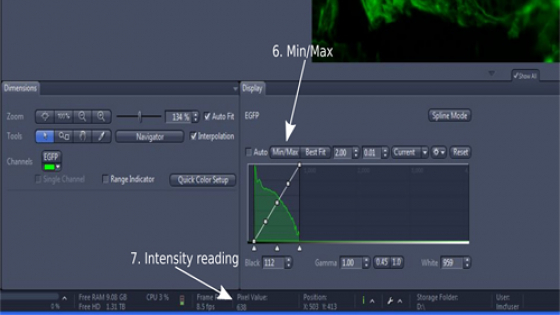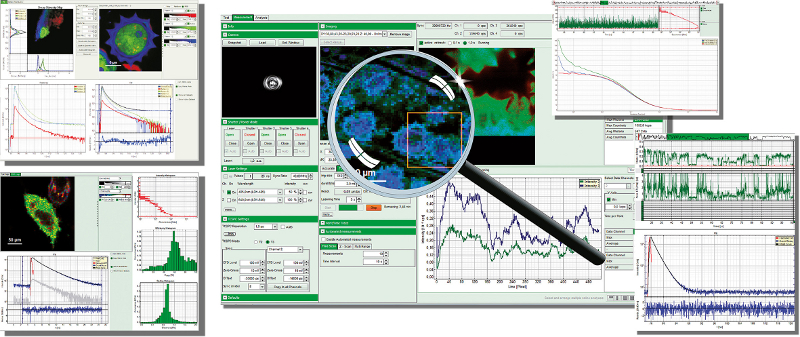
The well in the center of the block has a shorter light path and, subsequently, emits a higher fluorescence signal compared to the well on the perimeter, which has a longer light path. Light path differences between wells of a lamp-based real-time PCR system. A well with a shorter light path, typically located in the middle of the block, will have a higher fluorescence reading compared to a well with a longer light path, typically located on the perimeter of the block (Figure 1).įig.


The variation in light path lengths produces different absolute fluorescence measurements for wells that contain the same concentration of a reporter fluorophore. The optical design of most real-time PCR systems, using a lamp or other single stationary light source, creates illumination and detection light paths that vary for each well of the thermal cycler block. Before explaining how a passive reference dye like ROX impacts Cq values and qPCR data, it is important to understand how optical real-time PCR detection systems work. Several factors independent of the sample influence the Cq value - the optical system, PCR supermix, threshold and baseline settings, and the presence or absence of a passive reference dye such as ROX.

A Cq (quantification cycle) value is an exponential number derived from the intersection of the threshold and a given amplification curve and is a relative concentration measurement of the target presence in the qPCR reaction.


 0 kommentar(er)
0 kommentar(er)
